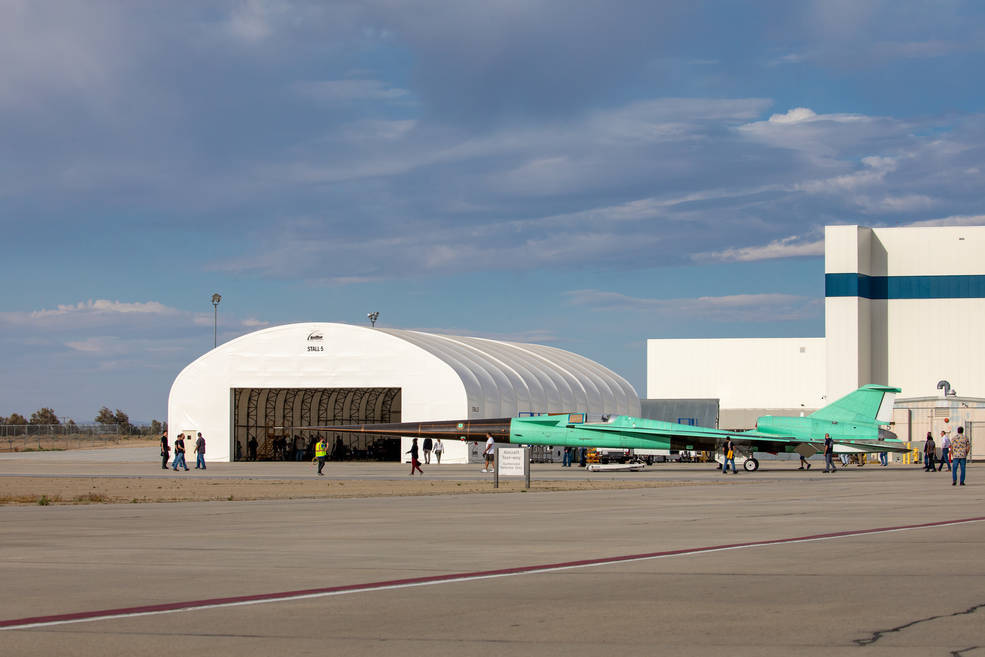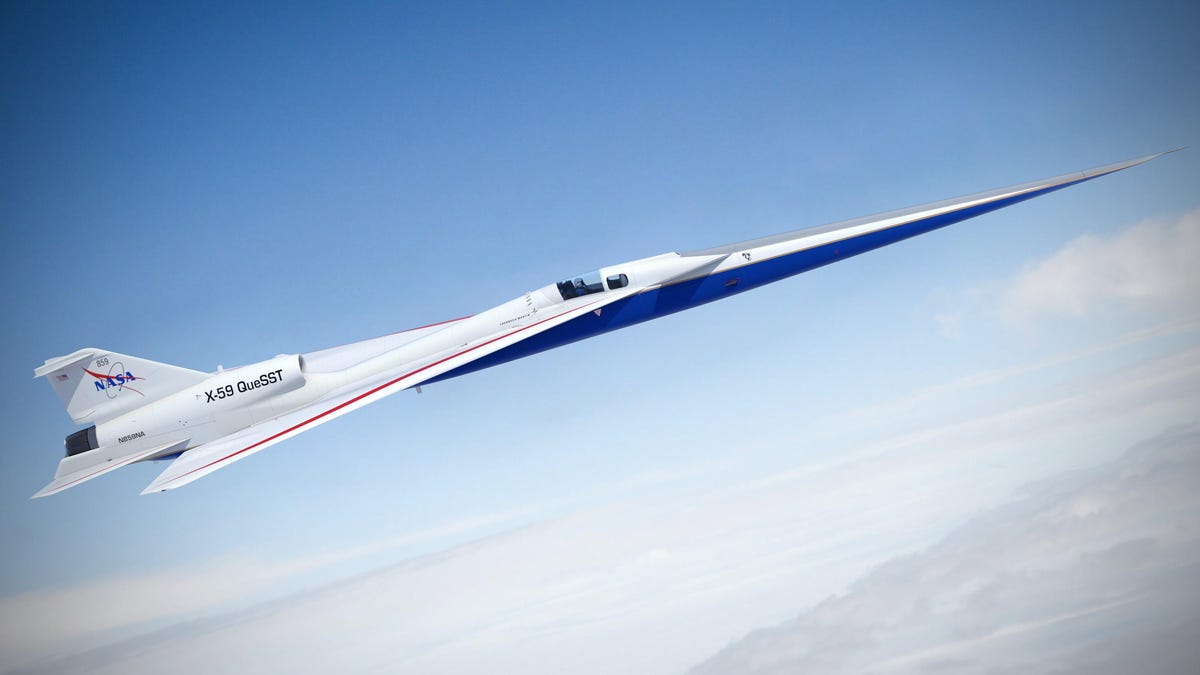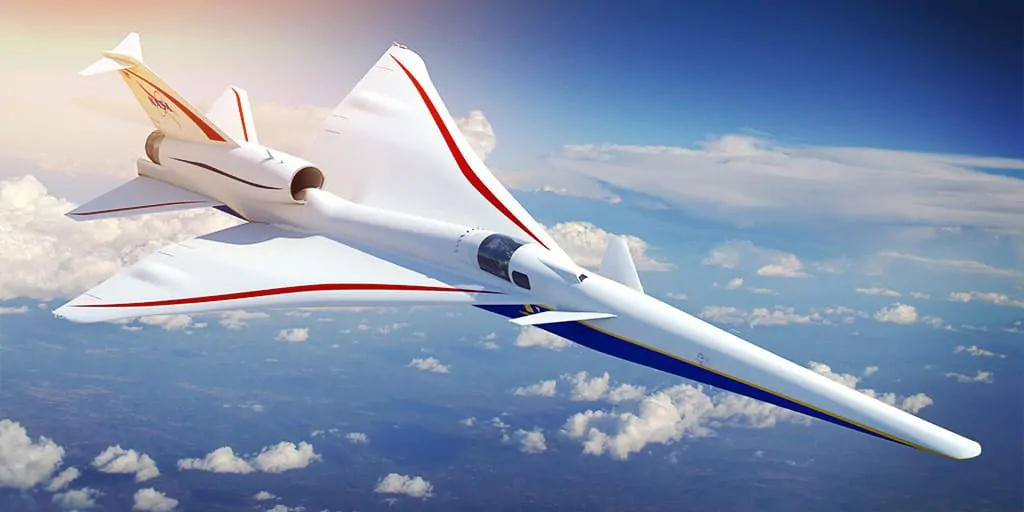Hamartia Antidote
ELITE MEMBER

- Joined
- Nov 17, 2013
- Messages
- 35,188
- Reaction score
- 30
- Country
- Location

NASA's Supersonic X-59 Prepping for Ground Tests ahead of First flight | AIN
NASA's X-59 supersonic demonstration aircraft move to the flight line as it prepares for ground tests to ensure its safety for first flight this year.

NASA's Mach 1.4 X-59 aircraft, developed in concert with Lockheed Martin, is nearing first flight as it moved to the flight line in preparation for ground tests. (Photo: Lockheed Martin)
NASA’s X-59 supersonic demonstration aircraft has moved “closer to the runway,” the agency declared yesterday, as it updated the latest progress toward first flight this year. The aircraft last month moved from its development station to the flight line, a space between the hangar and the runway at Lockheed Martin Skunk Works in Palmdale, California. NASA called the move a milestone, preparing the Mach 1.4 aircraft for a series of ground tests that will be the precursor to the first flight.
The 100-foot-long X-plane, developed in partnership with Lockheed Martin, is part of a “Quesst” mission to gather noise data that could ultimately make supersonic operations over land possible in the U.S. Quesst will involve supersonic flights over various regions of the U.S. to measure human reaction to a quieter March 1.4 aircraft. The X-59 is designed with new technologies that would emit a lower boom, described as a soft thud, to buffer the impacts of the shockwaves associated with supersonic flight.
Once the trials are complete, NASA plans to hand the data over to U.S. and international regulators to reevaluate supersonic restrictions.


